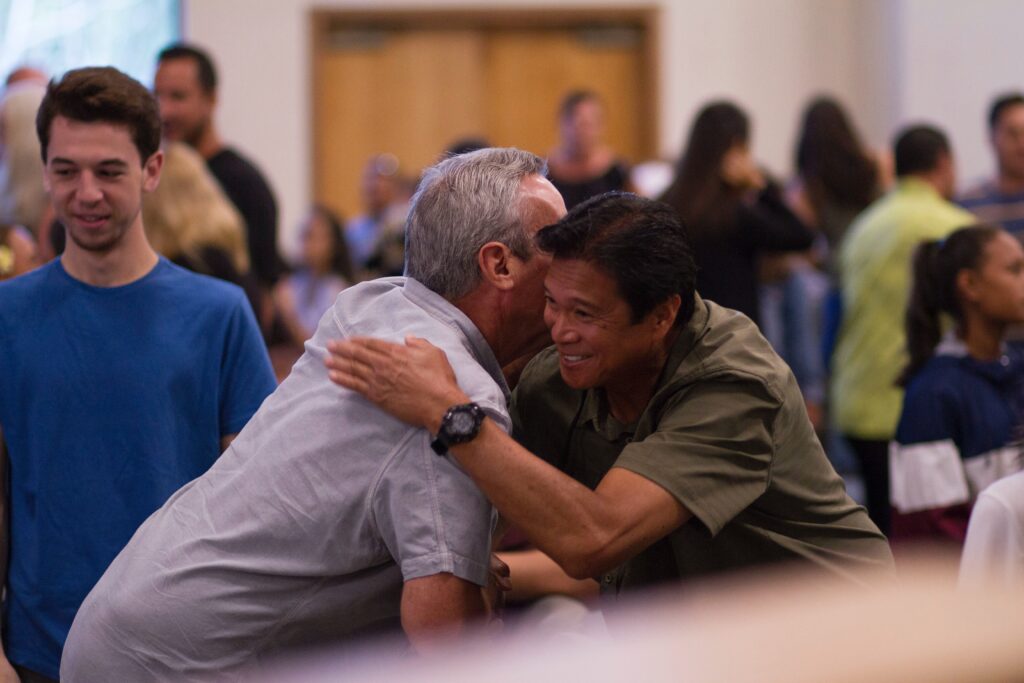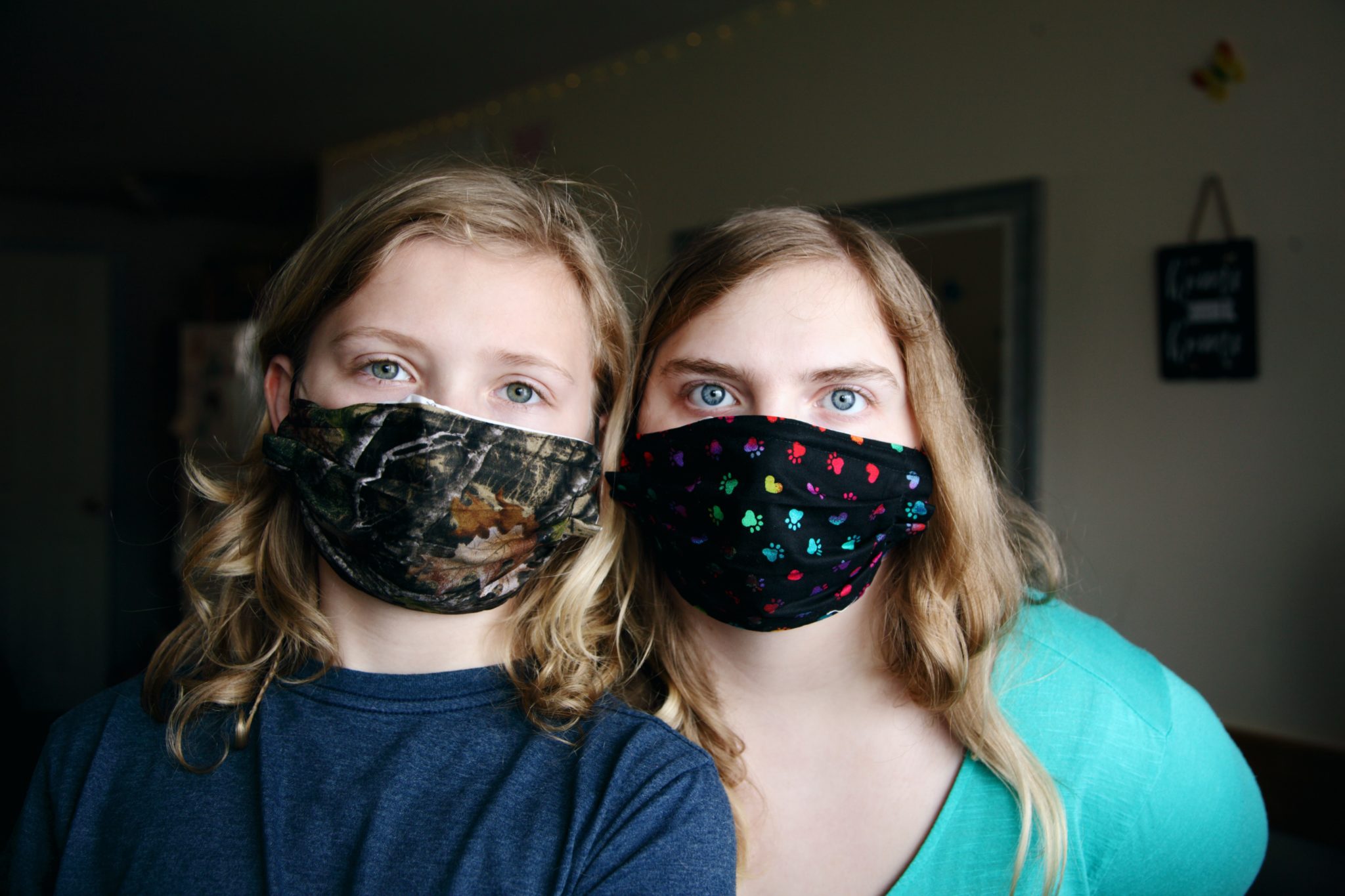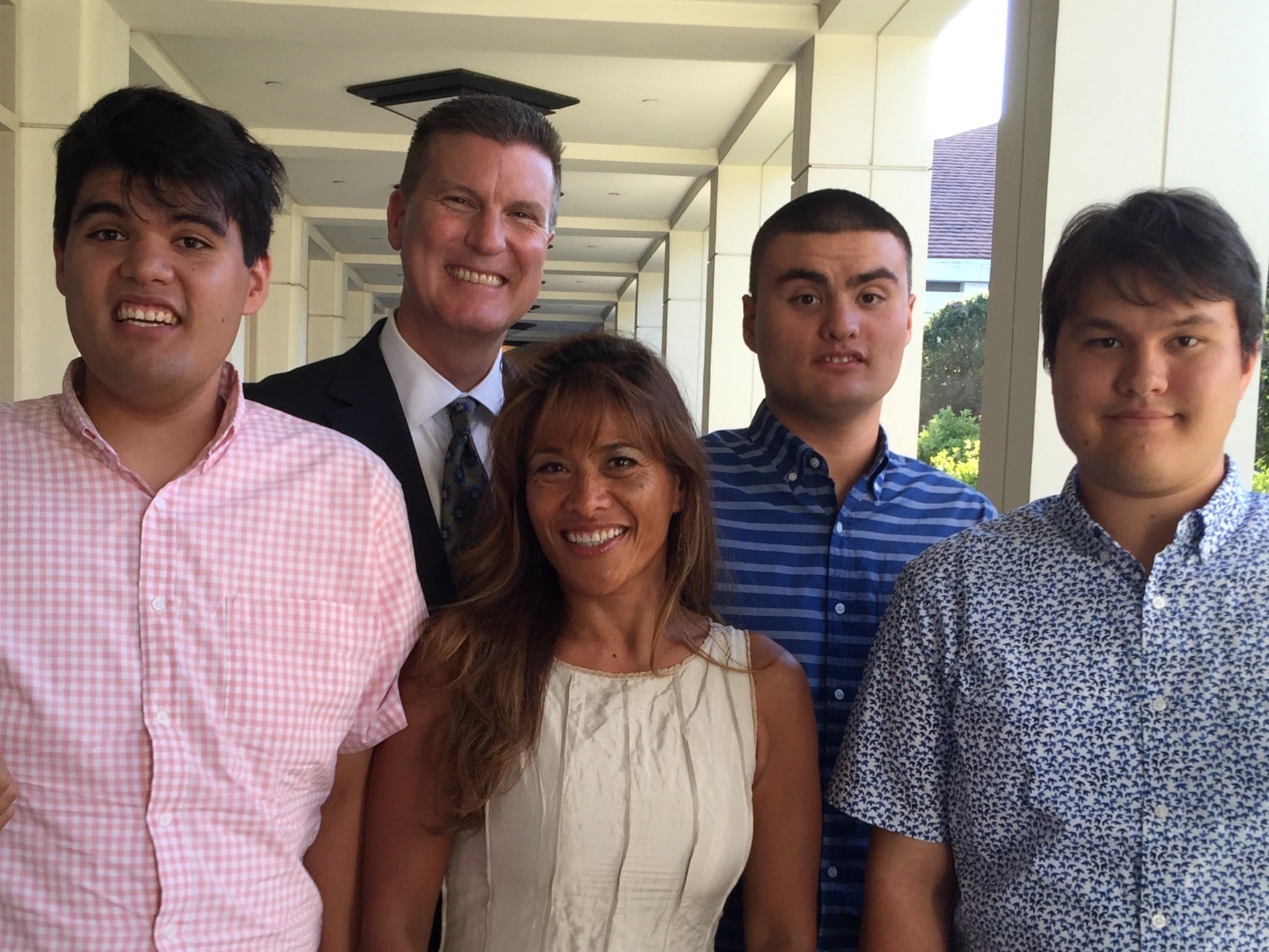Reentry and Church Life After Quarantine

There are few things I love more on a summer night than lying out under the stars and watching meteor showers leave trails of light across the sky. But these peaceful looking “shooting stars” are actually large rocks being superheated and disintegrated by the friction of our atmosphere. Approach at too steep an angle, and you’ll burn up on entry. NASA astronauts know this danger well, and the tragedy of the space shuttle Columbia highlights just how dangerous reentry can be.
Every happy landing is, therefore, the result of careful and deliberate planning.
Most of us around the world have been off in our own orbits for weeks or months. The isolation of quarantine will end at some point and as we collectively begin to consider what reentry to society should look like, it’s a good time for churches to map out a plan for their most vulnerable members. As we plan for resuming in-person gatherings, there are a few characteristics of a space shuttle reentry that we would do well to emulate.
A successful reentry will be three things:
- Calculated
- Gradual
- A team effort
Calculating Reentry: Survey Your Community
The risk of reentry is highest for those the CDC categorizes as “vulnerable.” They define vulnerability as “older adults and people of any age who have serious underlying medical conditions.” While this broad definition includes a great many people, the real number of people is actually significantly higher. An immunosuppressed person is “at risk,” but their caretakers are also at risk of becoming carriers themselves. It’s not only the “vulnerable” who need to be concerned with stopping the spread of the disease.
Effectively helping your congregation reenter in-person gatherings (especially those families impacted by disability) begins with finding out what their primary concerns are. Joni and Friends has put together a simple survey churches can use to gauge the needs of their congregation. Discovering these needs will help you figure out what realistic measures your church can take to ensure the safety and health of your community.

Gradual Reentry: Have Patience
In the absence of a vaccine, there are people who will be unable to reintegrate as quickly as others. Maintaining whatever digital infrastructure your church has in place is a way for these families to continue participating without feeling pressured to move more quickly than is prudent or safe.
In addition to a gradual relaxing of social distancing measures, there must also be a relaxing of expectations; for example, children with special needs who have had their routines disrupted, their behavioral therapy postponed, and new traumatic experiences caused by the pandemic, may be reentering church in a very different state than when they left. Do not expect things to go “back to normal” immediately. Have patience and grace for a bumpy reentry. Just as many of us struggled with a transition into social distancing, so too many will struggle with returning to “business as usual.” You might not be starting from square one, but it is unlikely you will pick up where you left off.
Between the time of “global crisis” and “absolutely no longer an issue,” there will be an intermediary “twilight of cautiousness.” During this time, it may be tempting to relax protocols like wearing facemasks in public gatherings and using hand sanitizer. But as long as the virus poses a threat to the lives of those we serve with disabilities, demonstrating proactive safety measures not only puts people’s minds at ease, but demonstrates care for individuals and a value for life. In a culture where life is sometimes seen as ultimately meaningless and disposable, we as the church have an opportunity to demonstrate in word and deed the value of every life… even the lives of the most vulnerable among us. We cannot make sacrifices to staying healthy on the altar of convenience or comfort. We have to consider the needs of others as more important than our own.

A Team Effort: Community After Quarantine
Although physically isolated in space, astronauts are not alone. Their constant communication with mission control is a vital source of guidance and support. When your church begins to gather in-person, do not forget those who are unable to jump back in as quickly.
If there is any change in our churches as a result of COVID-19, let it be an awareness of the suffering brought on by isolation and loneliness.
If we can remember the fear of not having access to daily essentials like toilet paper, perhaps we can better empathize with those who worry about changes in insurance benefits that cut access to vital medical treatments and medications. If we can remember the ache of loneliness, perhaps we can empathize with those for whom isolation is a daily reality.
I know we’re sick of hearing “we’re all in this together,” but for the church this statement is uniquely true. Romans 12:5 teaches us, “in Christ we, though many, form one body, and each member belongs to all the others.” As we consider what reentry looks like, we need to remember our brothers and sisters still hovering in orbit. So, pick up the radio and reach out. Because, whether it’s cliché or not, we are in this together.
Written By—Ryan Faulk
Ryan Faulk works for Joni and Friends to equip churches in Southern California to evangelize and disciple people with disabilities. He is passionate about seeing churches reflect the heart of Christ for all people.

Do You Have Questions?
Contact us at [email protected] or call (818) 707-5664. We’re here for you. Your ministry’s success is our highest priority!





